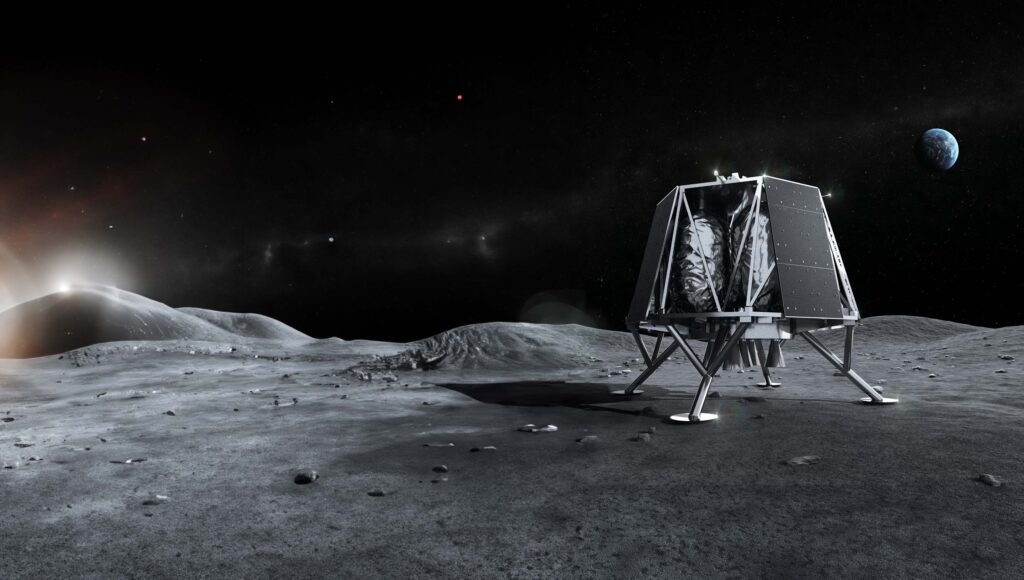WASHINGTON — A company developing cislunar navigation systems has won a grant to test its technology on an upcoming commercial lunar lander mission.
Rhea Space Activity announced March 6 it won a $750,000 NASA grant through the agency’s TechFlights solicitation to fly two of its Jervis Autonomy Module (JAM) units on a lunar lander mission led by Draper scheduled to launch in 2026.
The JAM units will be installed on two spacecraft that will operate in lunar orbit, serving as communications relays for the APEX 1.0 lander that ispace U.S. will design and operate for the Draper-led mission to the far side of the moon as part of NASA’s Commercial Lunar Payload Services (CLPS) program. The units will allow each spacecraft to autonomously determine its orbit though celestial navigation, taking images and calculating its position based on the celestial objects identified in those images.
“JAM allows deep space and lunar missions to autonomously maintain a desired trajectory by celestial navigation, which is 100% independent of the NASA Deep Space Network,” said Shawn Usman, chief executive of Rhea Space Activity, in a statement. That helps users avoid the costs of accessing the DSN while reducing the burden on that network, which is often oversubscribed supporting NASA missions.
Each JAM will include a camera that Rhea Space Activity is also developing. Besides being used for celestial navigation, the cameras will be able to take high-resolution images of the lunar surface for mapping and other uses.
Ron Garan, chief executive of ispace U.S., said the JAM units are the first commercial rideshare payloads for that mission. The lander is flying three NASA geophysical and space science instruments as part of the CLPS award. “We look forward to hosting additional commercial payloads on future missions to bolster the U.S. commercial industry’s expansion to the moon,” he said.
Rhea Space Activity has been working on JAM for several…
Read the full article here


